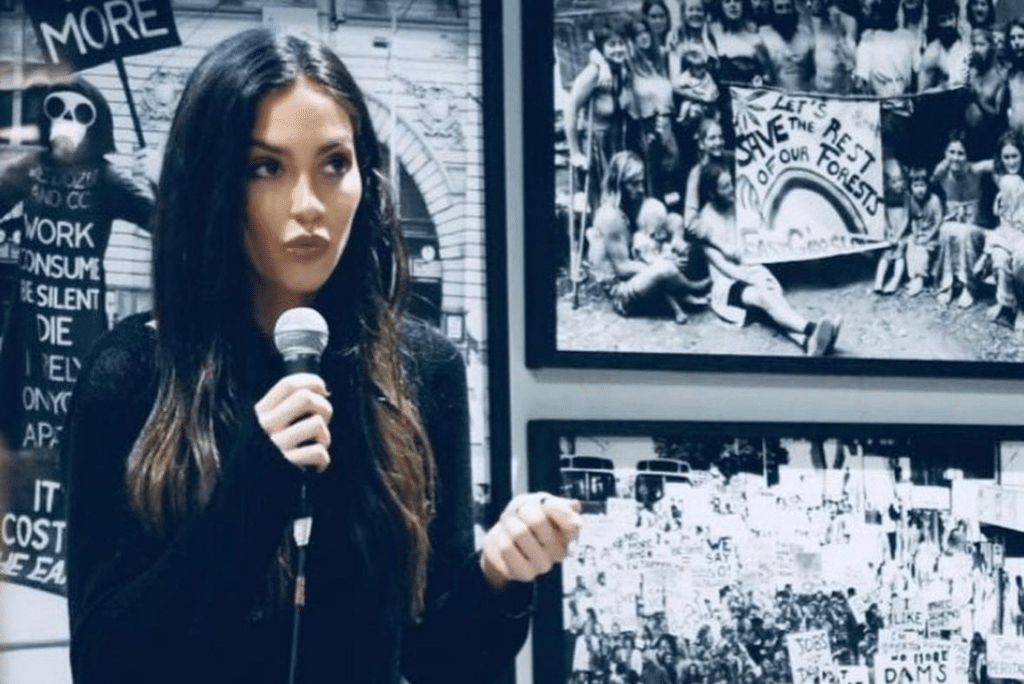Female beauty, according to commenced its reign in the royal courts of England and Europe. Young female beauties were the prize of every court. For a woman, attracting and cultivating beauty was the single most important tool in her arsenal to ensure marriageability and success.
For centuries, beauty has been the currency of womanhood, transcending class, culture, and time. More valuable than intelligence, athleticism, confidence or kindness; physical beauty has always been a woman’s most precious commodity. So pervasive was the allure of female beauty, that an endless array of dangerous, violent, and harmful practices were inflicted on women’s bodies.

From eyelash extensions that were sewn on to eyelids and foot binding techniques to achieve doll-like feet to eye drops of deadly nightshade or “belladonna” to dilate pupils; to vials of urine from young boys to erase freckles and pills containing tapeworm to promote weight loss. In the Middle Ages, women would bleed themselves to achieve a pale complexion – a pale face signified wealth and nobility. In the 16 century, complexion-enhancing edible wafers made of arsenic – a known carcinogen – to “transform the most sallow skin into radiant health; remove pimples; clear the face of freckles and tan”.
Women’s bodies were equally under siege. Corsets, at the height of their appeal in the 19th century, prompted women to remove ribs and endure skeletal deformities and organ damage, in addition to the inconvenient .
















